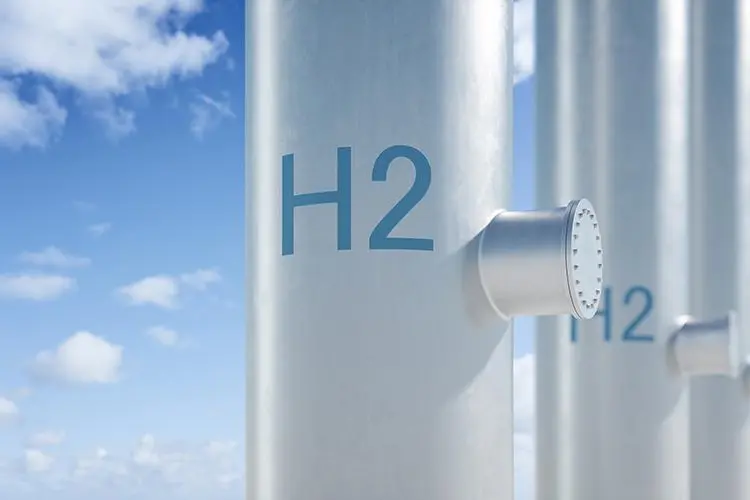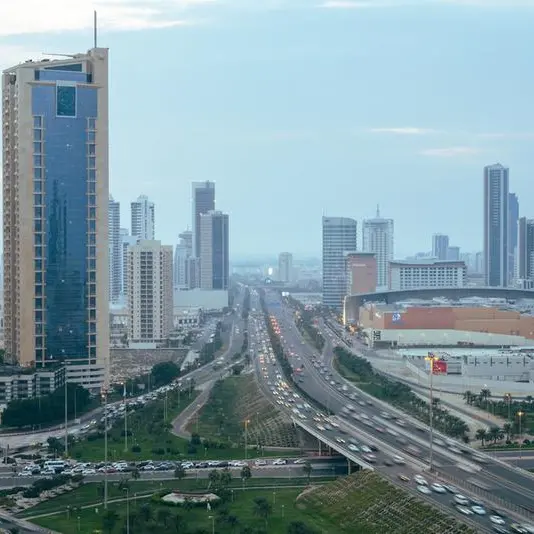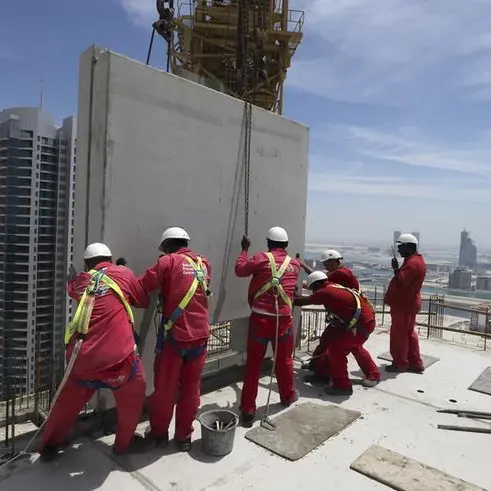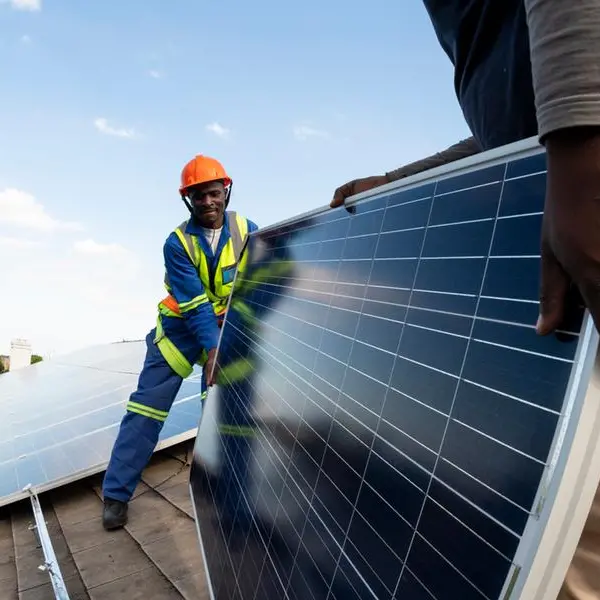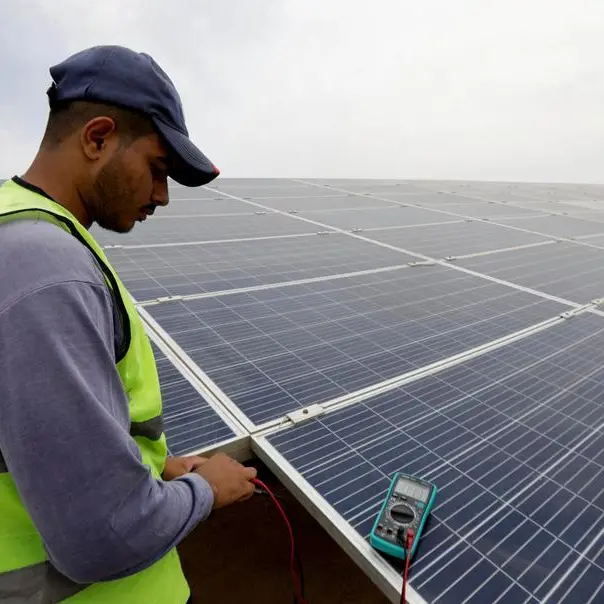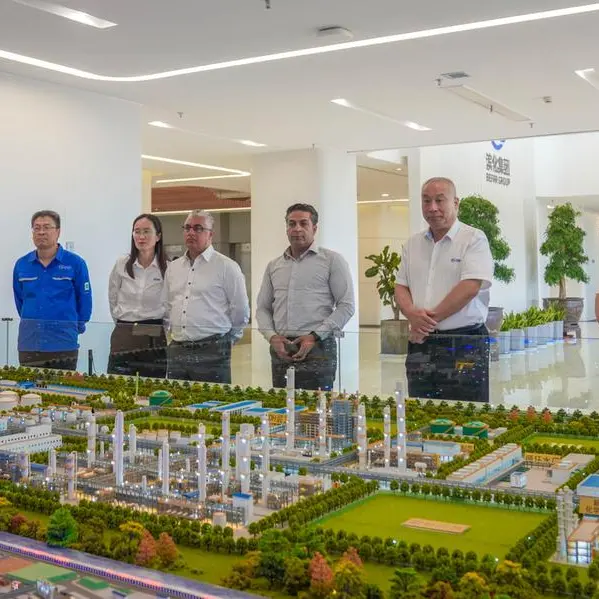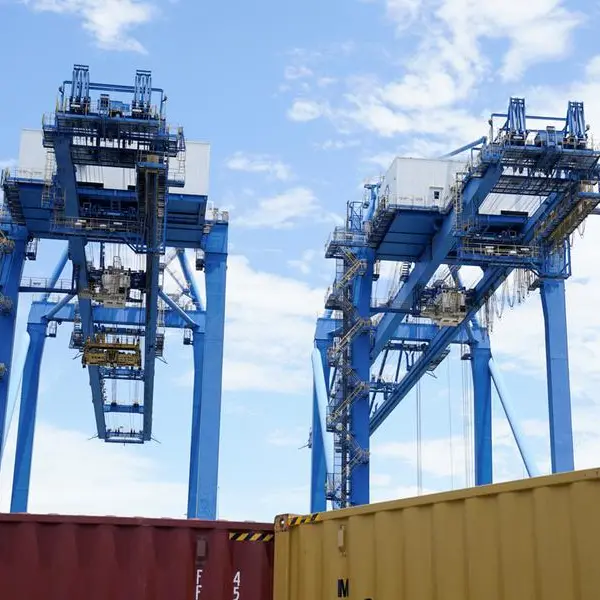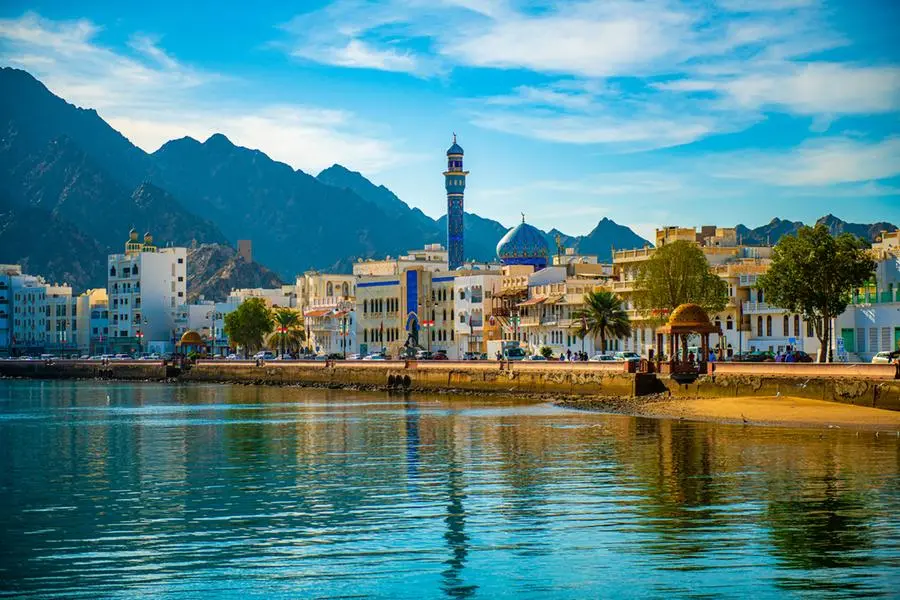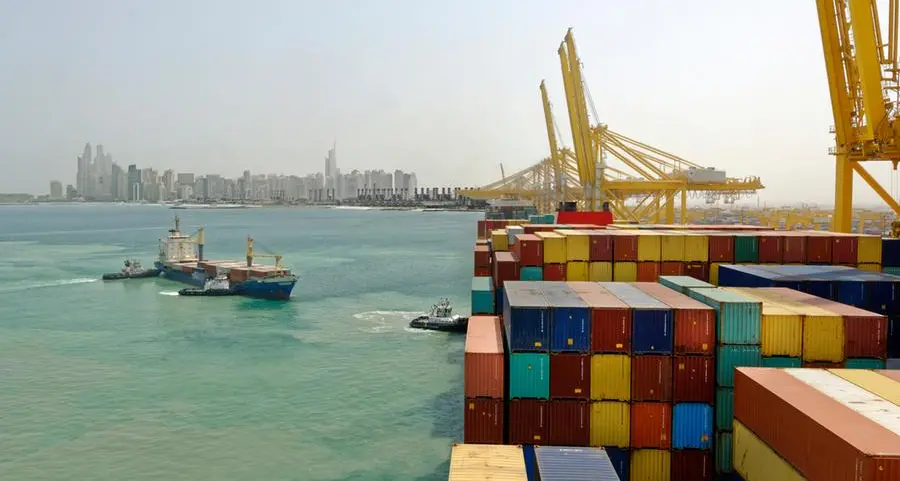PHOTO
Hydrogen pipeline. Image used for illustrative purpose.
The Tokyo 2020 Olympic Village offered a sneak-peak into a decarbonised future energy system. Information posted on the official IOC [International Olympic Committee] website said the net zero event showcased the potential of full-scale hydrogen infrastructure by using hydrogen to heat and power the Olympic Village, and by ferrying athletes in hydrogen-fuelled buses. After the games underground pipes will move hydrogen from a production station to residential blocks.
As the world decisively moves towards a low carbon existence, hydrogen could account for up to one-fourth of total global energy consumption by 2050 compared to less than one percent, the World Energy Council said in a recent report. However, currently, high project costs, immature technology and inadequate infrastructure are huge deterrents.
A daunting task ahead
The infrastructure needed to produce, transport and store hydrogen at scale, efficiently and cost effectively, for a variety of new applications does not exist today.
It requires building “electrolysers to produce hydrogen, storage to balance intermittent production, local distribution pipelines for industry, carbon capture plants linked to emission source for blue hydrogen production, tanks for temporary storage, bunkering facilities for hydrogen and derivative products for maritime use, and reconversion facilities like ammonia cracking and dehydrogenisation of liquid organic hydrogen carriers (LOHCs) if hydrogen is stored for later use,” said Jørg Aarnes, Global Segment Lead – Hydrogen and CCS, Business Development and Sales Enablement, Energy Systems at Norway-based consulting firm DNV.
Investments in the global hydrogen value chain could amount to $15 trillion if hydrogen were to account for a fifth of final energy demand at about 800 million tonnes by 2050, as per a report by Energy Transitions Commission (ETC), a coalition of energy executives committed to net zero targets. The report said 85 percent of this investment would go towards increasing clean electricity generation for producing hydrogen and only 15 percent would be required for electrolysers, blue hydrogen production facilities, transport, and storage infrastructure.
The renewable capacity needed for green hydrogen production could grow 10 times by 2050, according to a Bank of America summary released in September last year. Meanwhile, electrolyser manufacturing capacity needs to increase 50 times to meet the 5,000 Gigawatts target by mid-century, IRENA observed in its Practical Insights on Green Hydrogen report.
Additionally, the cost and technical challenges of hydrogen infrastructure will be significant, explained Jorg.
“For example, Hydrogen may need to be operated at different pressures (or velocity) than natural gas or biogas; further research may be needed into whether hydrogen could have an adverse effect on materials in pipes and valves; and appliances (water heaters, compressors, pumps and sensors) would need to be converted or replaced”, he said.
Hydrogen valleys and ports
Over the next 30 years, according to Jorg, the world may see the emergence of large- scale integrated hydrogen valleys, where gigawatt scale renewables and electrolysers could make hydrogen, which would then be piped for various uses to locations nearby.
“Eighty five percent of global hydrogen production is on-site where it is used. It makes most sense to produce hydrogen at the scale needed as close to the consumption (site) as possible simply because it is expensive to transport and store (hydrogen) and much energy is lost in the process,” he explained.
Three cluster types are emerging, according to the Hydrogen Council’s Hydrogen Insights 2021 report. “Industrial centres that support refining, power generation, fertiliser and steel production; Export hubs in resource-rich countries; and port areas for fuel bunkering, port logistics, and transportation.”
Jorg pointed out that Yara’s projects in Pilbara, Australia and Heroya, Norway to replace gas-based hydrogen with green hydrogen for producing ammonia are examples of local distributed renewable-based hydrogen production projects for industrial use.
Oman, Australia and Saudi Arabia are focussing on export and industrial hubs while big ports like the Port of Rotterdam are being prepared to receive hydrogen ships.
“As port projects produce more hydrogen and supply agreements identify end-users, questions around efficient storage will continue to dominate. The question of whether production or storage comes first will need to be resolved,” said Jeff McDonald, EMEA Hydrogen Pricing Specialist, S&P Global Platts.
Storage
Hydrogen can be stored as a liquid in super-chilled tanks, derivatives or in compressed gas form in natural geological formations like subsurface salt caverns, rock caverns currently used to store LNG and petroleum products and in depleted oil and gas fields.
“The preferred option depends on the scale,” said the DNV expert.
“However, as per Energy Transition Commission, irrespective of region and local availability of geological hydrogen storage, future storage needs will be a challenge: 5 percent of potential mid-century demand would require 4,000 large salt caverns, compared with only about 100 in use today for natural gas.”
Moreover, salt caverns are not available everywhere; hence, the cost and feasibility of the use of rock caverns for hydrogen need to be assessed and the technology for storing hydrogen in oil and gas fields is unproven and contamination risks exist.
Transportation
Transporting hydrogen through repurposed gas infrastructure wherever they exist is most cost-effective as demonstrated by the European Hydrogen Backbone (EHB) project that aims to connect 21 European countries through a 40,000 km hydrogen pipeline – 70 percent of this through repurposed natural gas pipelines.
A June 2021 Guidehouse report on the EHB has concluded that ship transport could cost 3-10 times more than pipeline transport depending on the distance covered, adding that underground pipelines are up to four times more cost-effective than overhead power lines per MWh of energy transported.
Therefore, pipeline-based imports would be the preferred mode of transport and would give neighbouring producing countries an advantage over long distance imports – Morocco to Europe being a case in point. Maritime imports may make economic sense only when countries have land use restrictions on large renewable development or cannot obtain secure access via pipelines like Japan and South Korea, the report concluded.
Transport over short distances on land can be made through super chilled tanker trucks, which still remains prohibitively expensive for the scale that would be required in future.
IRENA said it expected future hydrogen networks to be smaller than current fossil gas networks. “Step-by-step sectoral planning for hydrogen infrastructure can reduce the risks of oversizing or creating stranded assets or abandoned projects,” the agency cautioned in its 2020 report ‘Green hydrogen: A guide to policy making.’
End-to-end pilot infrastructure developments have started emerging. The Hydrogen Energy Supply Chain will be the world’s first integrated clean hydrogen supply chain which will convert coal into hydrogen in Australia for export to Japan demonstrating the viability and business case for new hydrogen supply chains. The challenges notwithstanding, hydrogen appears to be well on its path to become an energy superhero.
(Reporting by Sowmya Sundar; Editing by Anoop Menon)
This article is provided for informational purposes only. The content does not provide tax, legal or investment advice or opinion regarding the suitability, value or profitability of any particular security, portfolio or investment strategy. Read our full disclaimer policy here.
© ZAWYA 2021